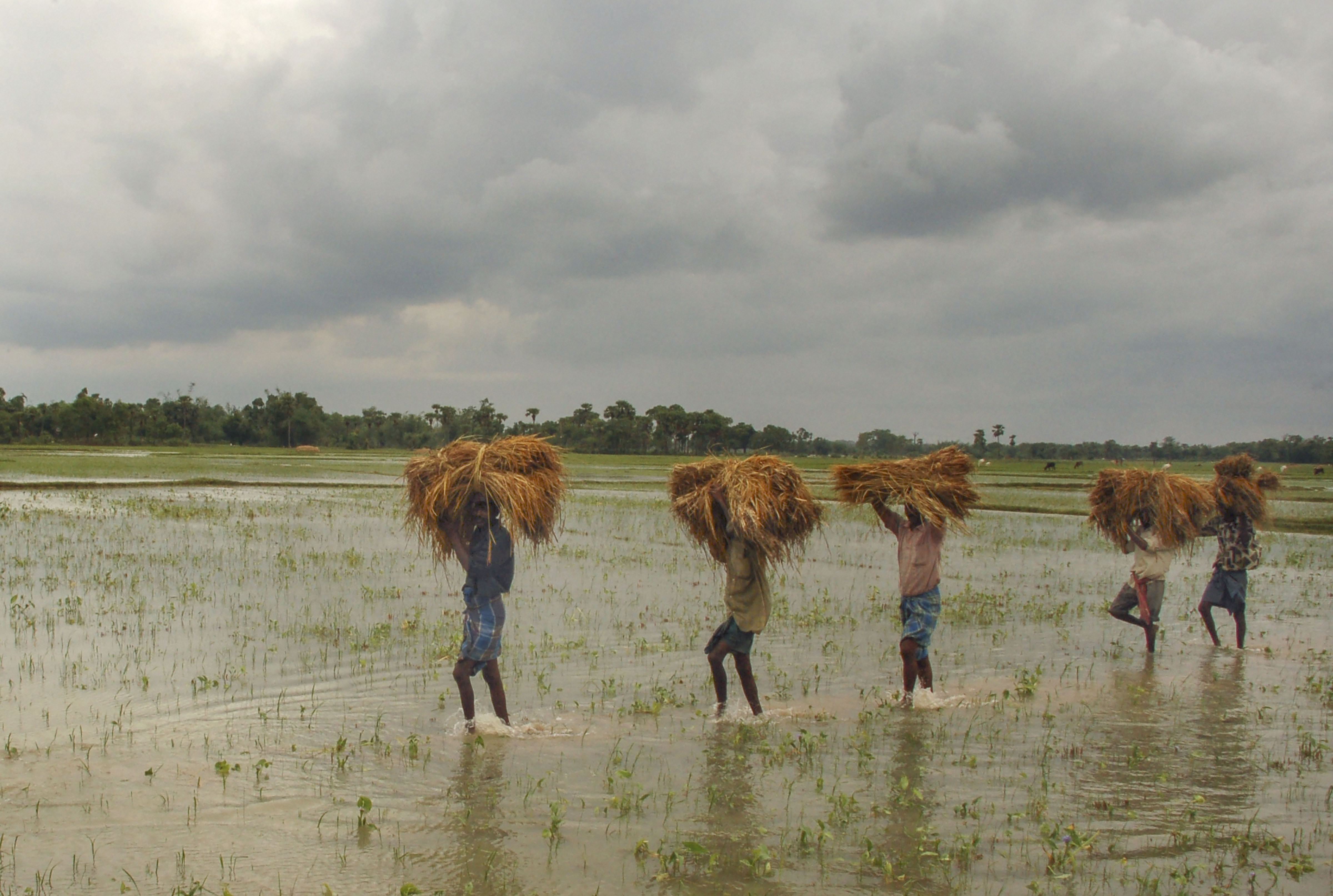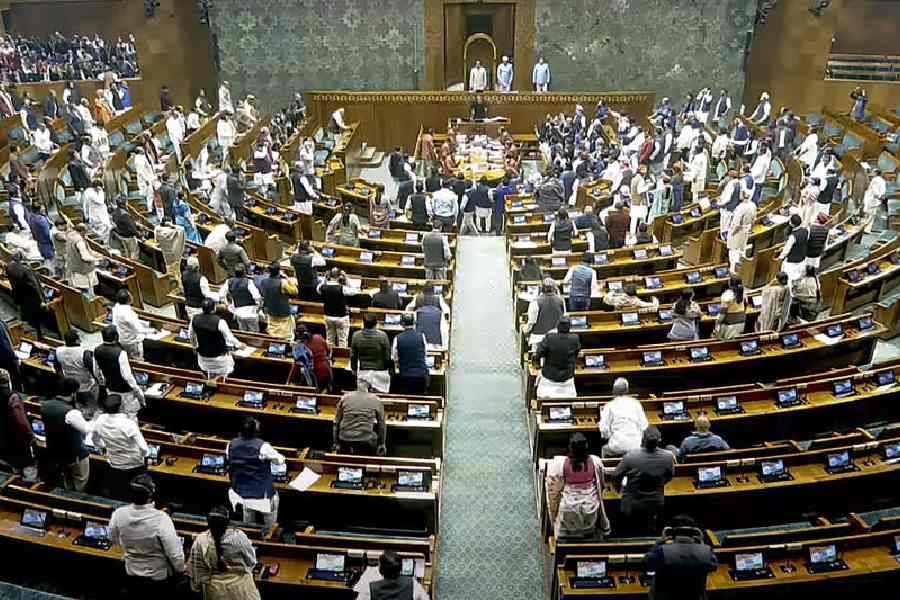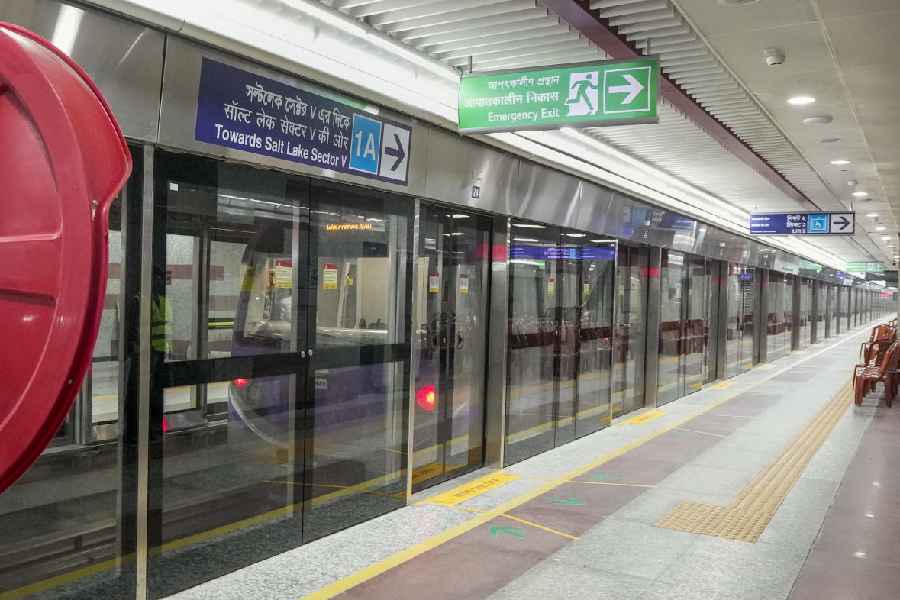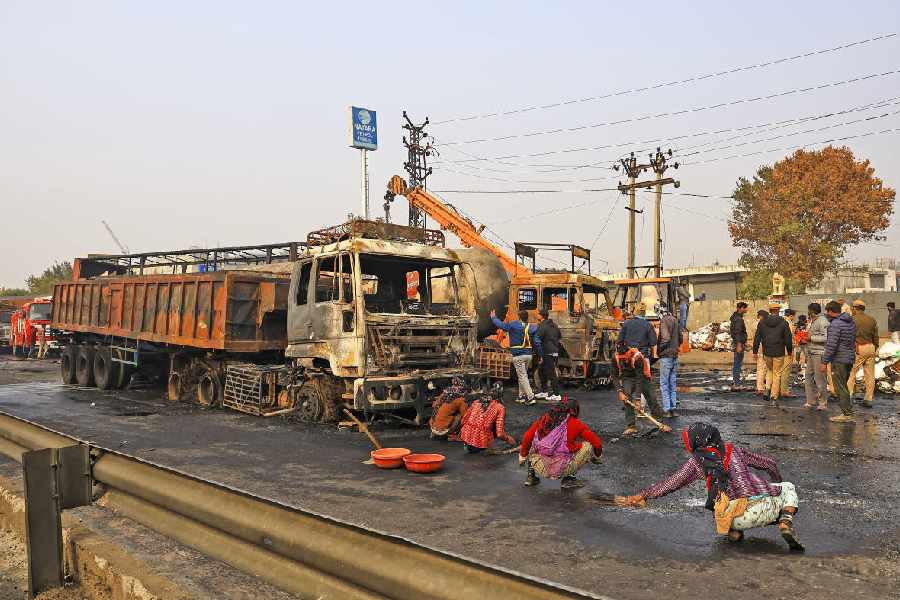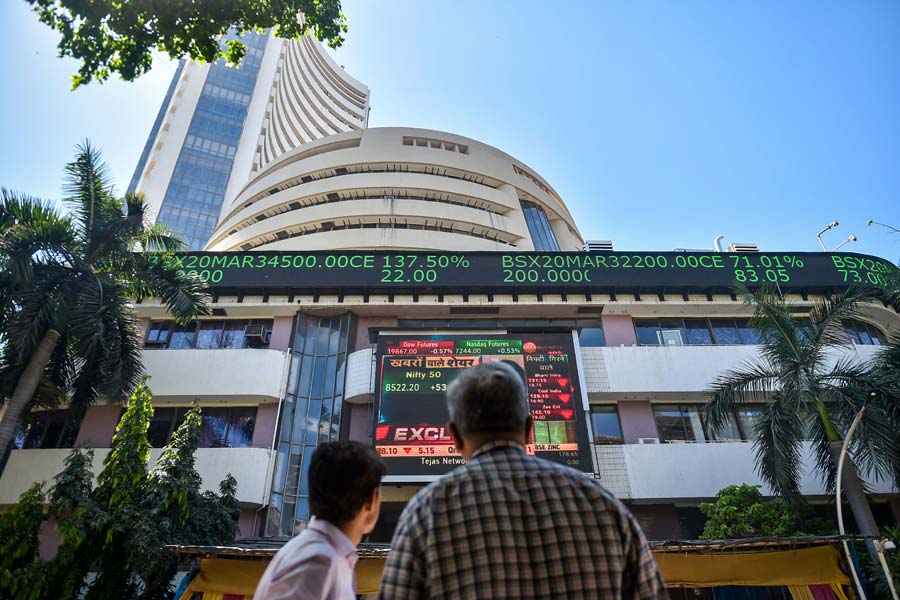When speech stops, it is audacious, in fact arrogant, to write. Stupefaction — achaitanya — before a power that is greater than all the forms of power one knows calls for the humility of silence. It demands that we concede having been outdone, overwhelmed, of being laid flat out.
Giant happenings have been known to incinerate, reduce to ashes. They have been known to engulf, swamp, submerge, inundate.
Pompeii happened one thousand nine hundred years ago. The volcanic ashes of Mount Vesuvius burn through history’s pages still.
Only nine decades ago, in 1931, massive snowmelt, battering rains and not one, not two, but seven near-synchronous cyclones swamped central China in what is described as the worst flood in that country’s history.
Amphan will haunt our recollection of that day and that night forever. Its name, the velocity of the wind that tore, its holler that rent, the sheer might of nature’s swipe that felled homes, public buildings, trees, poles, as if they were mere paper, will never be forgotten. Bengal’s and Odisha’s towns, villages, its districts will pass down from generation to generation the experience of that stellar yell. They will speak of how winds ripped huts apart where homes were made of the earth’s primary substances, how in homes made of more durable stuff it smashed window panes. They will describe how rain lashed into homes, flooding them, some even two, three, four floors up. And how when the lights went out, plunging homes into pitch darkness while the skies howled, that thing modern families cannot live without, the internet, just dropped dead. And they will say this benumbing of life came ‘on top of the virus’ — the mighty above the minute, to make nonsense of size as a determinant of threat, a source of fear.
Apart from burning or drowning, breaking or decimating, a meta-calamity can come invisibly. It can come, kill in the thousands, and not be see-able except under the lens no one outside laboratories has. Amitav Ghosh, the global philosopher arguing for a new ecological intelligence, has used an all-time phrase — a “convergence of catastrophes” — to describe “migrant workers... returning to Odisha and West Bengal on foot and by cycle being hit by a cyclone, and that too in the middle of a pandemic”.
Those moved from the flight path of Amphan to shelters are fleeing from both.
We will not forget Covid-19, Amphan. Nor the double tragedy of their combined visitation.
But the real and greater tragedy lies not in their being the punishment that we will not forget but in their being the lesson we may not remember.
‘May not remember’, I have said. I could have said ‘will forget’. I have not, because ours is the country in which today thousands of men and women are devoting themselves to the fight against the virus, many dying in the process, and are now battling Amphan, Chief Ministers Mamata Banerjee and Naveen Patnaik leading them by example. My salutations to them.
But relief work , even heroic relief work, has to be followed up by something else.
Just as raj-era Famine Codes cannot tackle modern-day desiccations caused by global warming, just as old-style fire extinguishers cannot suffice to handle blazing condominiums or malls, so must our present and coming catastrophes be handled by something radically, totally, different.
How different?
The earth, all its continents and Asia in particular, India, Bengal, Odisha, the Andhra and Tamil Nadu coastlines, the Andaman and Nicobar Islands are not what they were even as of 50 years ago. They are densely peopled, heavily built-up, thickly inhabited. And they are set to move more determinedly in that direction of congested growth, constricted build-up, concentrated habitation. And so when a catastrophe hits, it hits that many times harder.
This trajectory has proved itself to be, in a word, suicidal.
The ‘fault’ is not that of the government or government policy alone, although a defining responsibility lies with the echelons of the politico-entrepreneurial class. We of the privileged and the wanting-to-be-privileged classes have warped the natural rhythms of life by the cacophonies of mindless and soulless urbanizing. Because we want to buy or tenant buildings built upon the rubble of older buildings and on the bequests of pristine nature, we have created a breed of brokers and realtors who, as the equivalents of the raj’s rai bahadurs, have turned rural land, including pasture and waterbodies, into cement jungles. We have, thereby, led to peasants becoming migrant workers, we have created city-clustering, city-crowding, city-diseases. Wuhan may be the original site of Covid-19 but a Wuhan lurks in every Indian city, town and municipal garbage dump.
The collapse of discrimination before commerce, of proportion before allure, of demand over need has turned our cities into that on which a modern Charles Dickens, Bibhutibhushan Bandyopadhyay or Prem Chand would write a searing novel of which Satyajit Ray would make a film — in black and white like his silent Two.
Our country on the seaboard and in its hinterland, both, has nuclear power stations. If Kalpakkam or Kudankulam had been situated in the Sunderbans or along Paradip on the night Amphan struck, would they have remained impenetrable, un-breachable, serenely re-processing their special fuel? I do not know enough to say yes or no. But is there anyone who can convince us , credibly and incontestably, about their safeness? The then principal scientific adviser to the Government of India, R. Chidambaram, said after the Fukushima nuclear accident: “We have learnt lessons from the Fukushima nuclear accident, particularly on the post-shut-down cooling system,” and added that the Fukushima nuclear accident should not deter or inhibit India from pursuing a safe civil nuclear programme. That was re-assuring. Now, are there lessons to be learnt by our nuclear establishment from ‘our own’ Amphan against future cyclones of that ferocity ? Again, I lack knowledge enough to say yes or no. But I do not lack anxiety enough to not want to know for sure.
Even as crime is ever ingenious against human devices to control it, so is nature ahead of, and designed to be ahead of, human designs to tame it. Covid-9 has told us, unforgettably, that viruses have their vaccines run panting after them. Only to then mutate to beat the vaccines. The new paradigm of living that the Amphan lashing tells us to ponder, strangely, is the same that the coronavirus tells us.
We must de-congest.
We must de-urbanize.
I am not suggesting a romantic ruralizing of India. But I am urging a conscious moving away from the hurtle towards a New Yorking of New Delhi, a Singaporing of Chennai, a Shanghai-ing of Calcutta. The pizza-struck , Coke guzzling kid in our cities lounging in front of a television wearing a Star&Stripes tee-shirt with about ten others huddled together is committing virtual murder — first of those whose livelihood he is destroying by his lifestyle and then, self-murder.
Making rural India a viable reality requires focussed thought. A panel comprising, among others, Yogendra Yadav, Ganesh Devy, Aruna Roy and P. Sainath to make the MGNREGA a vital tool for reviving rural livelihood and for devising strategies for the discouragement of rural to urban migration can make a huge contribution. If the re-constructing of the villages and towns and cities flattened by Amphan is only going to spur our cement and steel industry, quicken real estate business languishing under the economic slowdown and lead to more of the same, we will be condemning a not-very-far-into-the-future generation to worse lashings. But if we take this lesson to mean a new style of planning our future, with a balance between town and country, with the peasantry not being turned into a helotry for metropolitan exploiters, then we would have put the virus and the cyclone in the dock.
Without attempting a Disneyesque re-animating of Jungle Book or a David Attenborough wannabe on the natural environment, let me say that when out of the rubble of a crumbled godown, a single squirrel scrambles out to breathe the morning’s air, it is being audacious, arrogant even. But it is not saying to Amphan ‘Get Lost, You!’ It is saying to itself ‘Find Yourself, Anew.’
It is being true to the pulsations of its life, to life.
It is being life.

